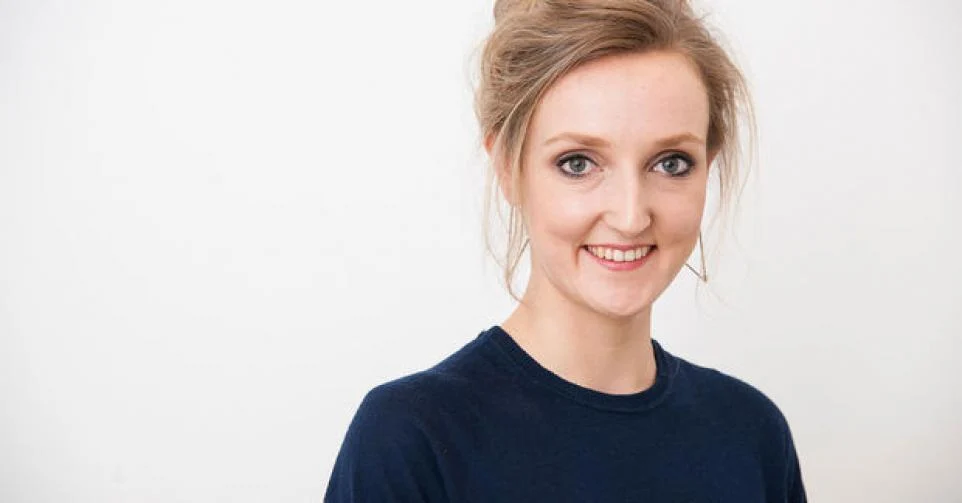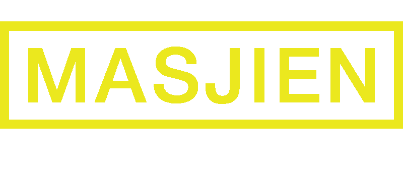Jasmien Wynants works for Flanders DC, the point of contact for entrepreneurship in the creative sector. Wynants is the project manager of Close The Loop, a platform where you can consult all the details of a garment, such as the materials used, production techniques, suppliers and the price calculation and carbon footprint. Since the launch, we’ve noticed that the intention to communicate transparently and to become more sustainable is really there for a lot of Belgian fashion brands,” says Wynants. Which of course immediately makes us wonder:
‘So many! Every day I keep discovering new people and brands that put their heart and soul into their own sustainable projects. From home, I immediately think of W.r. Yuma, which makes sunglasses out of car dashboards and other recycled materials, and Murielle Scherre, who with La Fille d’O keeps making everything as local as possible and paving her own way.
‘I’m looking wide-eyed at the winners of this and last year’s H&M Global Change Award. People who make textiles from oranges or cow dung, are fully committed to high-quality cotton recycling, or work around RFID wires to track a fabric’s path. These are people who are betting on innovations that can change the future.’
‘Not enough yet, but more and more. You can also feel that in the sustainable brands that are joining or opening pop-up shops. We still have a long way to go, but I am getting a lot more questions about the topic today, both from professionals and consumers. I definitely believe we are moving in the right direction.’
‘By showing them that there are a lot of brands that provide sustainable fashion in very different styles and at very different prices. Just think of JBC (who launched a transparency tool on their website this week), Bel & Bo and CKS – all members of the Fair Wear Foundation. Sustainable fashion is no longer a niche and by now you can find almost anything quite easily and more sustainably made. In addition, of course, fashion companies have a role to play. Don’t forget that people still buy clothes in the first place for other reasons: it’s beautiful, it feels good, it fits like a glove… With that, you still convince the majority of your audience to choose your brand. So it’s important to deliver a good product for your target audience. Sustainability is usually not ‘the first reason’ why the consumer buys something, but you can choose as a company to make and offer it that way.’
‘Yes. I believe sustainability should be part of education. As early as secondary education. There are often lessons on north-south issues or food waste – sustainability can already be framed more broadly there. In this way the awareness of the theme is present much earlier. In addition, I do indeed think that it is important that also in higher education students are made aware of the issues so that they can make their own choices.’


